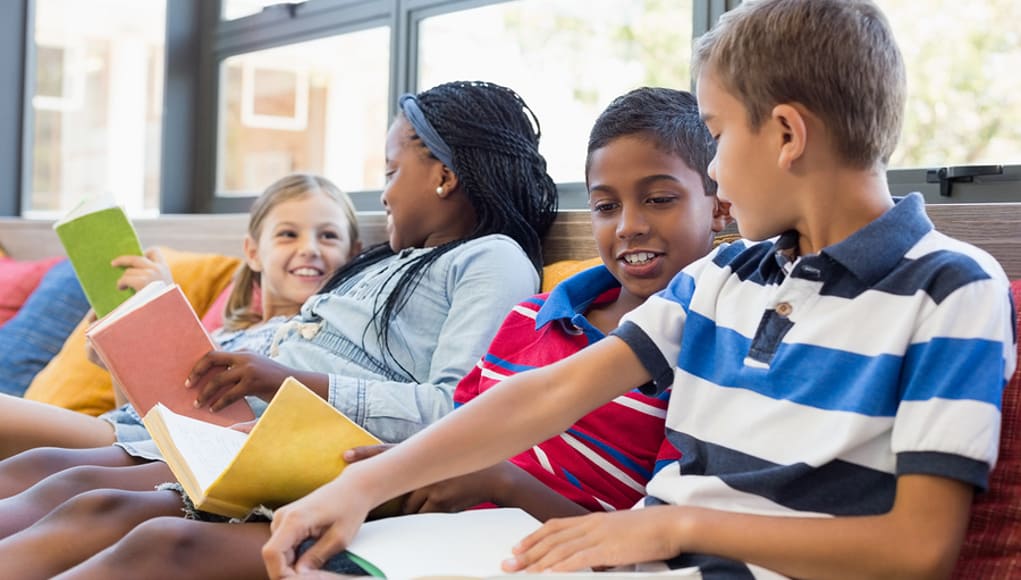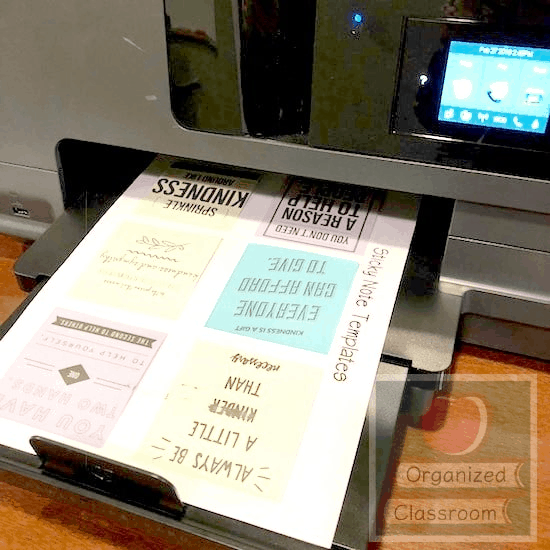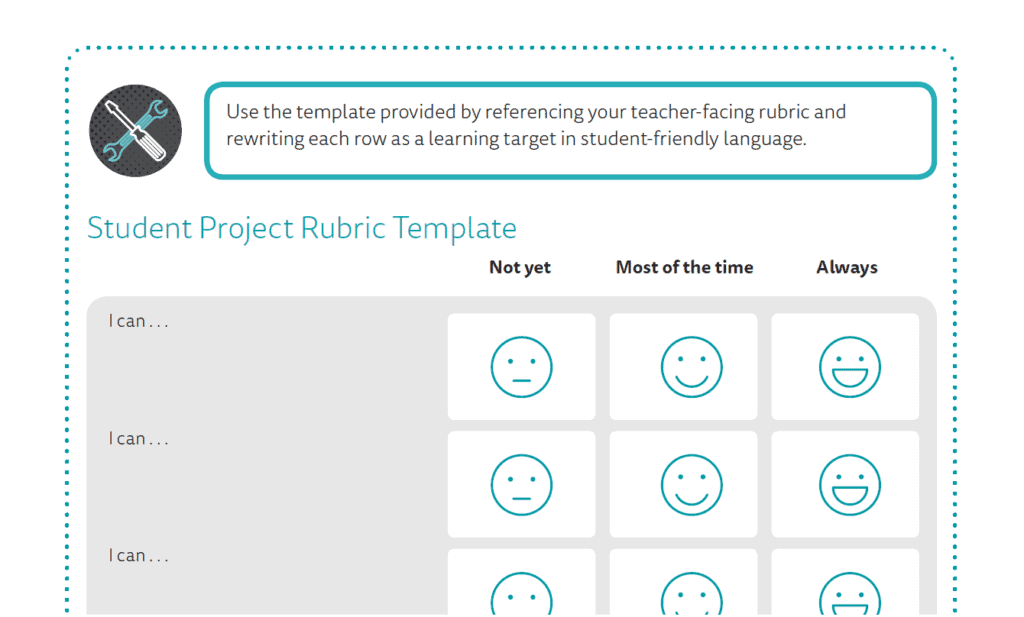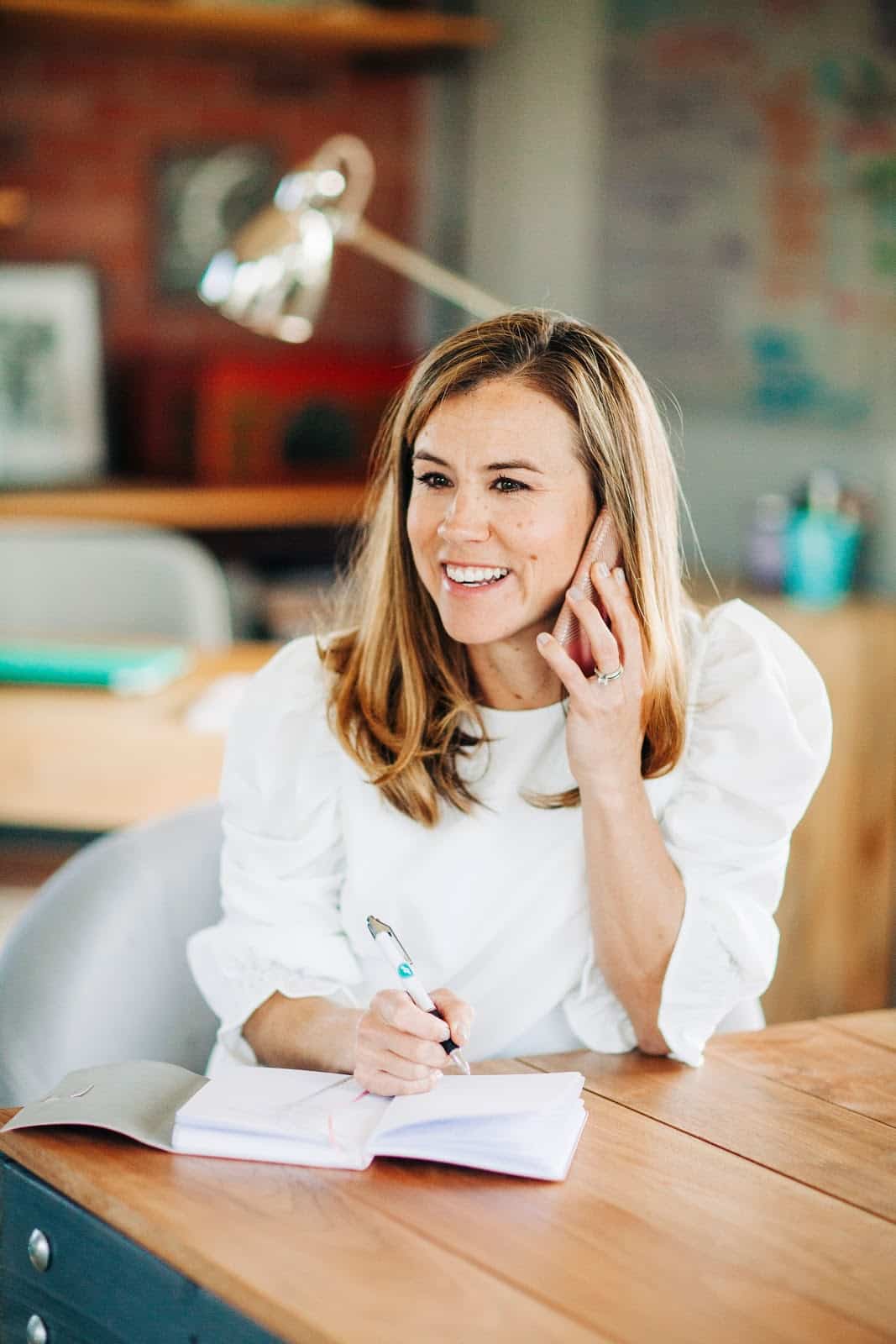What Self-Reflection, Peer Evaluation, and Assessment Looks Like in Action in Early Elementary

By: Jennifer Pieratt
Early elementary school students are not known to nuance their thoughts—whether it’s “I hate broccoli,” “Winning was awesome!” or “Monopoly is always boring.” In fact, trying to picture seven-year-olds engaging in critical self-reflection, peer evaluation, and assessment is… tough. Luckily, PBL can help us out with that. Accountability, benchmarks, and pacing are often seen as dirty words in PBL when assessment is both reassuring and empowering for students. For instance, clear benchmarks can serve as safeguards for teachers as well as their class to know that the final showcase won’t flop. Moreover, by using agency rubrics, for instance, young students can learn to associate effort with growth, gaining the confidence to rebound from setbacks. So, how do we even begin teaching self-reflection, peer evaluation, and assessment in early elementary? Here are five key steps to start seeing them in action!
1. Talk about why the growth mindset matters.
“Growth” and “mindset” are big words in the mouths of seven-year-olds. That’s why we need to demystify them with engaging activities and down-to-earth models. After a minute or two of silent brainstorming, initiate a “Fishbowl”; one inner circle of students asks questions about what a growth mindset implies and shares their ideas while the outer circle listens carefully to the opinions presented. Then, you can show them the “Austin’s Butterfly” video, in which Ron Berger elicits kind, specific, and helpful feedback from early elementary kids to improve a scientific drawing. Divide students into small groups to discuss why the “growth mindset” matters and have them synthesize their reflections on paper.
2. Show your students how to self-reflect at each project benchmark.
Okay, so now that your students know why it matters to have a growth mindset, they need to figure out how to implement that, starting with themselves. Give them the tools they need to self-reflect easily and in-depth. For instance, some students might like to color where they are on the student rubric and explain why they’ve placed themselves there. Others might prefer to use emojis to reflect their progress. And, of course, your less visual students will definitely enjoy recording themselves, vlogging, or using Seesaw and other digital tools to capture their progress.
3. Prepare your class for peer evaluation.
One big step is getting your students to critique each other—without hurting their friends’ feelings, nor lavishing each other with kind but baseless compliments. Early elementary students won’t master critique right away, and that’s okay! Help them out with phrases inspired from the “good, better, best—never let it rest” mantra. Encouraging them to frame their sentences using “I like that you…” or “It would be better if you…” is an excellent place to start.

You can also ask your class to use personalized sticky notes to point out the nice and not-so-nice aspects of a project by placing them on the product itself.
4. Design the perfect rubric for your students.
It’s time to start thinking backwards. That’s right! Understanding by Design is all about planning rubrics with the end goal in mind, whether that be what students comprehend or how they can apply their new knowledge to real life. Obviously, assessment criteria should logically stem from these objectives and help develop your students’ growth mindset and agency. Make sure that each benchmark in a given project has its own small rubric which students can use to self-reflect. In other words, each time they reach a new touchstone, your class should encounter a rubric for learning rather than of learning.
5. Turn the tables! Ask your class to create its own success criteria.
Let’s be honest, rubrics aren’t exactly student-friendly. The frightening amount of columns, unfamiliar words used, and off-putting fonts would throw off anybody who doesn’t teach for a living, let alone early elementary students. Ask your class to ‘translate’ a selected rubric or create their own from scratch using “I can” statements.

Simple sentences accompanied by “Not yet,” “Most of the time,” and “Always” can go a long way in helping students know what teachers expect from them and engage in earnest self-reflection.
Self-reflection, peer evaluation, and assessment are easy to teach in early elementary with these five tricks. When we set students up to learn these three key skills at a young age, we can guarantee their future success in their professional and personal lives. By scaffolding their development and asking them to critically evaluate themselves and each other, we can ensure that tomorrow’s adults are self-aware citizens with a special talent for giving and receiving critique.
For more, see:
- Podcast: Jenny Pieratt on Powerful PBL
- Make the Most of Student Reflections
- 6 Tips for Creating Powerful Assessments for Your Students

Jenny Pieratt, Ph.D. is a Progressive Educator, Author and Speaker. She is also the Founder and President of CraftED Curriculum. You can find Jenny on Twitter at @crafted_jennyp
Stay in-the-know with innovations in learning by signing up for the weekly Smart Update.






0 Comments
Leave a Comment
Your email address will not be published. All fields are required.